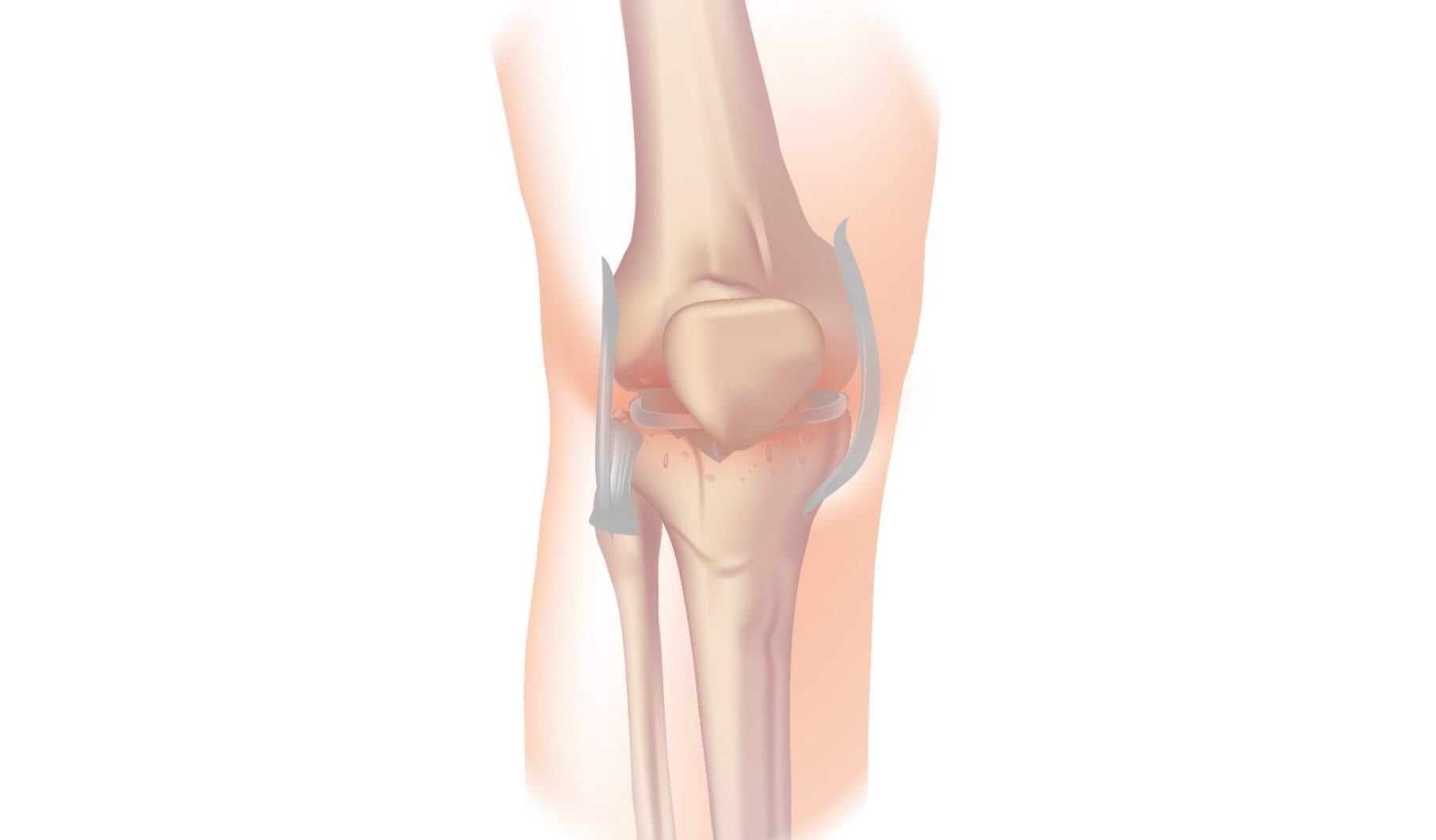An ACL (anterior cruciate ligament) injury is a common knee injury, particularly among athletes. The ACL is a major ligament that connects the thigh bone to the shin bone and helps to stabilize the knee joint. ACL injuries can occur when the knee is twisted or hyperextended, and they can range from a mild sprain to a complete tear.
Symptoms of an ACL injury can include pain, swelling, instability, and difficulty bearing weight on the affected leg. In some cases, a popping or snapping sound may be heard at the time of injury.
Treatment for an ACL injury often involves physiotherapy to help reduce pain, inflammation, and swelling, and to improve strength and range of motion in the knee. In some cases, surgery may be necessary to repair or reconstruct the torn ligament. Physiotherapy is an important component of pre- and post-operative care and can help to promote healing, reduce pain and inflammation, and restore function and mobility in the knee joint. Regardless of surgical or conservative management a thorough rehabilitation program is required, it is common to expect ACL rehabilitation to take 12-18 months.
Reducing swelling is an important part of early ACL injury management. The following strategies can help to reduce swelling:
- Rest: Avoiding activities that aggravate the knee and taking time to rest the knee can help to reduce swelling and inflammation.
- Ice: Applying ice to the knee can help to reduce swelling and inflammation. Ice should be applied for 15-20 minutes at a time, several times a day.
- Compression: Using compression, such as an elastic bandage or compression sleeve, can help to reduce swelling and provide support to the knee.
- Elevation: Elevating the affected leg can help to reduce swelling by promoting circulation and draining excess fluid from the knee.
- Range of motion exercises: Gentle, controlled movements can help to reduce swelling and improve range of motion in the knee.
Applying the 5 stages of rehab to an ACL injury:
- Pain: Pain and inflammation reduction is typically the first stage of ACL injury rehab. Rest, ice, and anti-inflammatory medication can help to manage pain and swelling.
- Range of motion: After the initial stage, range of motion exercises can help to improve flexibility and reduce stiffness in the knee. This can include stretching and gentle, controlled, movements.
- Motor control: ACL injury often affects balance and coordination, so motor control exercises can help to improve stability and prevent further injury. This can include exercises to improve balance and coordination, as well as neuromuscular training.
- Strength: Strengthening the muscles surrounding the knee can help to improve stability and reduce the risk of further injury. This can include exercises to strengthen the quadriceps, hamstrings, and glutes.
- Functional training: The final stage of ACL rehab involves functional training to help the patient return to their normal activities. This can include exercises that mimic the patient’s usual activities, such as running or jumping, as well as sport-specific training.
When returning to high risk activities such as snow skiing and motor cross wearing a protective knee brace may help to stabilize the knee and reduce the risk of further injury.
For more information on ACL injuries please see:
https://www.healthdirect.gov.au/surgery/acl-reconstruction, https://www.betterhealth.vic.gov.au/health/conditionsandtreatments/knee-injuries#ligament-sprains


